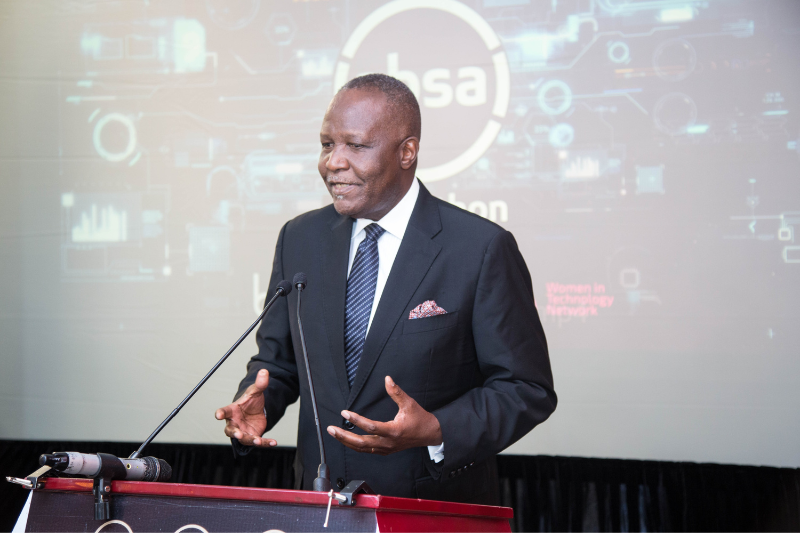Last updated on August 4th, 2023 at 04:46 pm
When we did that assessment, about two years ago, we found that if we were going to have a digital transformation of the country, we were only 45% ready. The next pillar we assessed was digital financial inclusion where we were at almost 70%. In digital literacy and skills, were at 34% while for the digital infrastructure pillar, we were at 54%. On the last pillar, digital innovation and entrepreneurship, we were at about 40%.
In terms of the enabling legal framework, we looked at our data protection and cybersecurity and cybercrime in electronic transactions because those are key in terms of having an enabling environment that drives the digital transformation of the economy. The next step was facilitating what is called a national digital identity. In order to have this digital identity, we needed to have a harmonisation of data because what we have now is an identity that is not connected. Through that, we can connect all these platforms so that they can communicate with each other across the entire digital ecosystem.
Otherwise, if you don’t have trust and confidence in digital technologies, it will not grow. The other thing we did was to remove tariffs and duties on all digital infrastructure. Our thinking is that unless you can bring in the digital infrastructure, you cannot generate tax revenue. The other thing that we did was think about how we could reduce the carrying costs of digital infrastructure on the economy.
All these other things are important but at the end of the day, the citizen must be able to use digital resources without any delay or inconvenience and the elements of that mantra covers this.
Another challenge was in the process of creating the national digital idea as part of the digital identity pillar as the systems which were in place were not connected and facilitating interoperability between them was a significant challenge. In general, any change that you’re going to make, whether it’s digital or anything else in life really, is going to face resistance until the benefit of that change persuades the worthwhile recipient. One of the country’s biggest commercial banks is now able to reach and connect with customers all over the country because they are moving from brick-and-mortar banks to digital banks, a process which has been facilitated by the availability of digital infrastructure.

